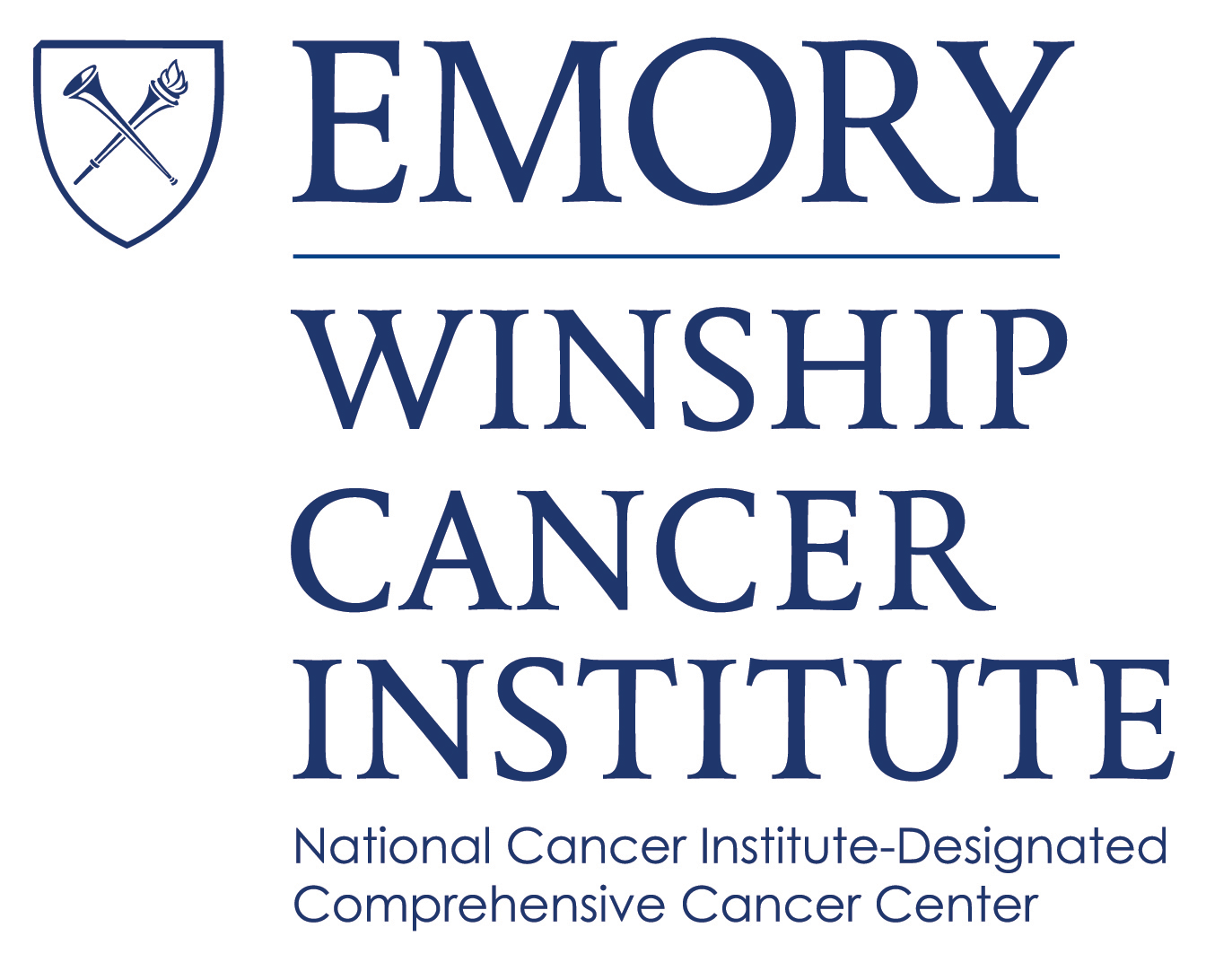- Advertise
- About OncLive
- Editorial Board
- MJH Life Sciences brands
- Contact Us
- Privacy
- Terms & Conditions
- Do Not Sell My Information
2 Clarke Drive
Suite 100
Cranbury, NJ 08512
© 2025 MJH Life Sciences™ and OncLive - Clinical Oncology News, Cancer Expert Insights. All rights reserved.
A Cardiologist Shares Important Insights Into the Diagnosis and Treatment of Amyloidosis
The 3 most common types of amyloidosis––TTR mutant, TTR wild-type, and amyloid light chain––have a significant amount of cardiac involvement, making cardiologists essential players in the diagnostic workup and treatment of these patients
The 3 most common types of amyloidosis––TTR mutant, TTR wild-type, and amyloid light chain (AL)––have a significant amount of cardiac involvement, making cardiologists essential players in the diagnostic workup and treatment of these patients, explained Kunal Bhatt, MD.
“These patients’ journeys with this disease will often times include a stop in a cardiologist’s office at some point in time,” said Bhatt, an assistant professor of Heart Failure/Transplant Cardiology and director of the Cardiac Amyloidosis Clinic at Winship Cancer Institute of Emory University, in a presentation during an OncLive® Institutional Perspectives in Cancer webinar on amyloidosis.1,2
In explaining the crossover between amyloidosis and cardiac involvement, Bhatt stated that TTR is a protein that is made in the liver, and when TTR misfolds, it can cause cardiomyopathy or extra cardiac manifestation.
On physical exam, these patients typically have symptoms of right ventricular failure seen through elevated jugular vein pressure, hepatomegaly, ascites, and peripheral edema. Unique clinical features will also include bilateral carpal tunnel, spinal stenosis, peripheral neuropathy, autonomic dysfunction, and spontaneous bicep tendon rupture.
Moreover, diffuse thickening of the ventricles and interatrial septum and valvular will be apparent on echocardiogram findings.
“Because amyloid infiltrates all parts of the myocardium, everything gets thick, [including the right and left ventricles, the valves, and the interatrial septum,” said Bhatt.
When the heart is thickened by this extracellular deposition of amyloid, the heart becomes very stiff, leading to diastolic dysfunction, despite patient’s having a normal ejection fraction.
Apical sparing on the apex of the heart on strain imaging and pericardial effusion are also signs of amyloidosis, explained Bhatt, who cautioned that a transthoracic echocardiogram has an overall sensitivity of only 67%, so “if we wait to see all of these features on an echocardiogram before you make the diagnosis, you’re going to miss most of the patients with this disease.”
In terms of imaging, cardiac MRI does not distinguish between AL amyloidosis and TTR amyloidosis, said Bhatt, who added that bone scintigraphy, which is widely available and easy to perform, has revolutionized the way TTR cardiac amyloidosis is diagnosed.
“There’s something unique about the TTR amyloid fibrils where there’s transient binding [to] this bone tracer. When the patient gets a bone tracer, the bones light up, but the heart lights up too because these TTR amyloid fibrils bind to [the tracer] transiently,” said Bhatt.
Once a diagnosis has been confirmed, parallel treatment of the underlying protein production and symptomatic heart failure and arrythmias is required, explained Bhatt.
For patients with AL amyloid cardiomyopathy, volume management is a critical but challenging element of care. Currently diuretics, such as furosemide, torsemide, bumetanide, and spironolactone, are the mainstay of treatment.
“Furosemide is the first-line drug. However, once you start using higher doses of furosemide at 40 mg and 80 mg, I often will transition patients to torsemide, which has better bioavailability and [efficacy overall and] works better for patients who have renal disease and less than ideal [glomerular filtration rates],” said Bhatt.
In terms of managing heart failure, Bhatt cautioned against recommending beta blockers and ACE and ARNI inhibitors, which can cause hypotension, as well as verapamil and diltiazem, which are thought to bind amyloid fibrils and cause toxicity, even at low doses. Digoxin, however, can be used, but with caution, added Bhat.
Atrial arrhythmias are another common condition that cardiologists can treat, occurring in 20%, 52%, and 63% of patients with AL cardiomyopathy, TTR-mutant amyloidosis, and TTR wild-type amyloidosis, respectively, for which low-dose beta blockers, digoxin, amiodarone, and cardioversion can serve as potential treatment interventions.
Regarding treatment for the underlying protein production, treatment can be divided into 3 classes: TTR mRNA silencers, TTR stabilizers, and TTR amyloid fibril degraders.
FDA-approved TTR mRNA silencers include patisiran and inotersen, whereas the only FDA-approved TTR stabilizer is tafamidis.
Tafamidis was evaluated in the phase 3 ATTR-ACT study, which randomized patients with TTR cardiomyopathy to 20 mg of tafamidis, 80 mg of tafamidis, or placebo. The results showed that the 30-month survival rate was 70.5% with tafamidis vs 57.1% with placebo.2
“Tafamidis is an oral medication that has a good safety profile, but it’s really expensive. It’s $220,000 per year, and although most patients do quality for assistance, some do not,” said Bhatt.
“In summary, the management of cardiac amyloidosis is nuanced and challenging and requires close collaboration between cardiology and hematology,” he concluded.
References
- Bhatt K. Role of the cardiologist in amyloidosis: diagnosis. Presented at: Institutional Perspectives in Cancer webinar. February 4, 2021; virtual. https://www.onclive.com/event-resources
- Bhatt K. Role of the cardiologist in amyloidosis: treatment. Presented at: Institutional Perspectives in Cancer webinar. February 4, 2021; virtual. https://www.onclive.com/event-resources
- Maurer MS, Schwartz JH, Gundapaneni B, et al. Tafamidis treatment for patients with transthyretin amyloid cardiomyopathy. N Engl J Med. 2018;379(11):1007-1016. doi:10.1056/NEJMoa1805689


